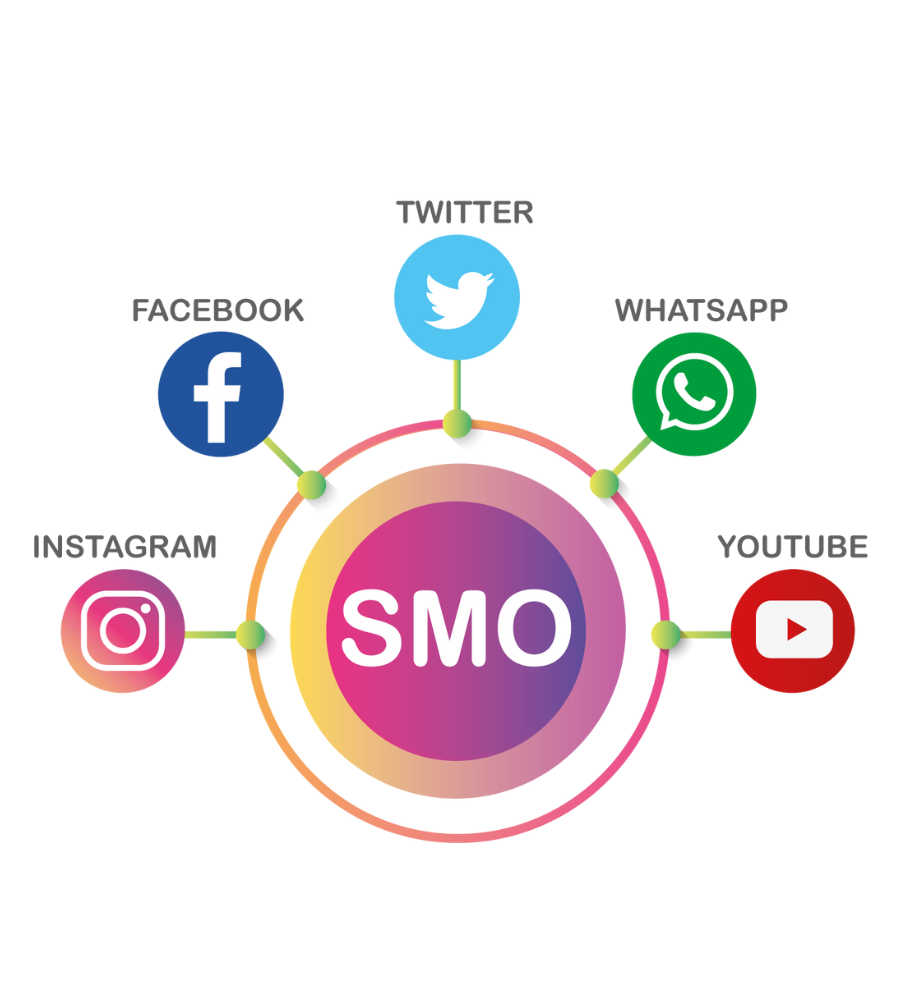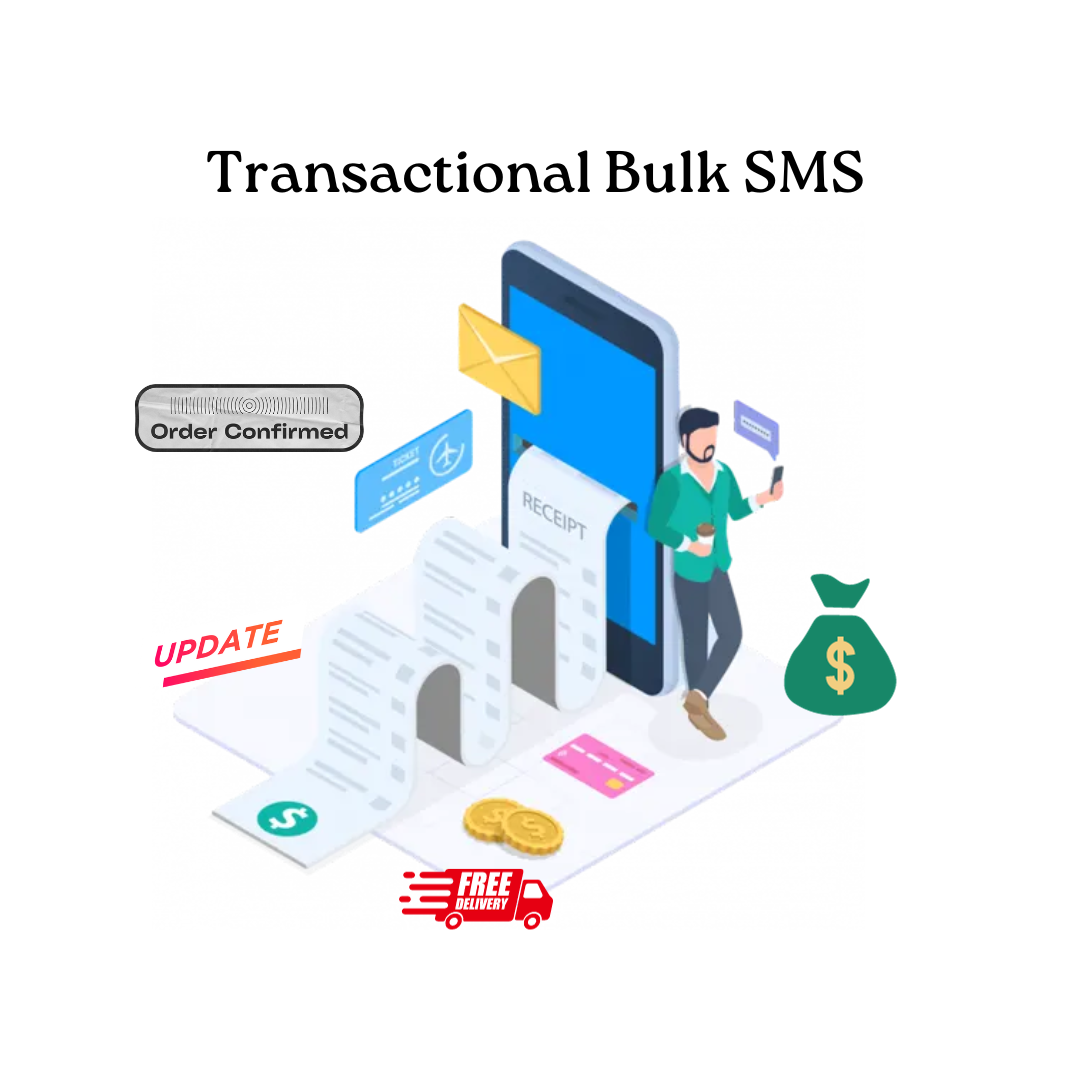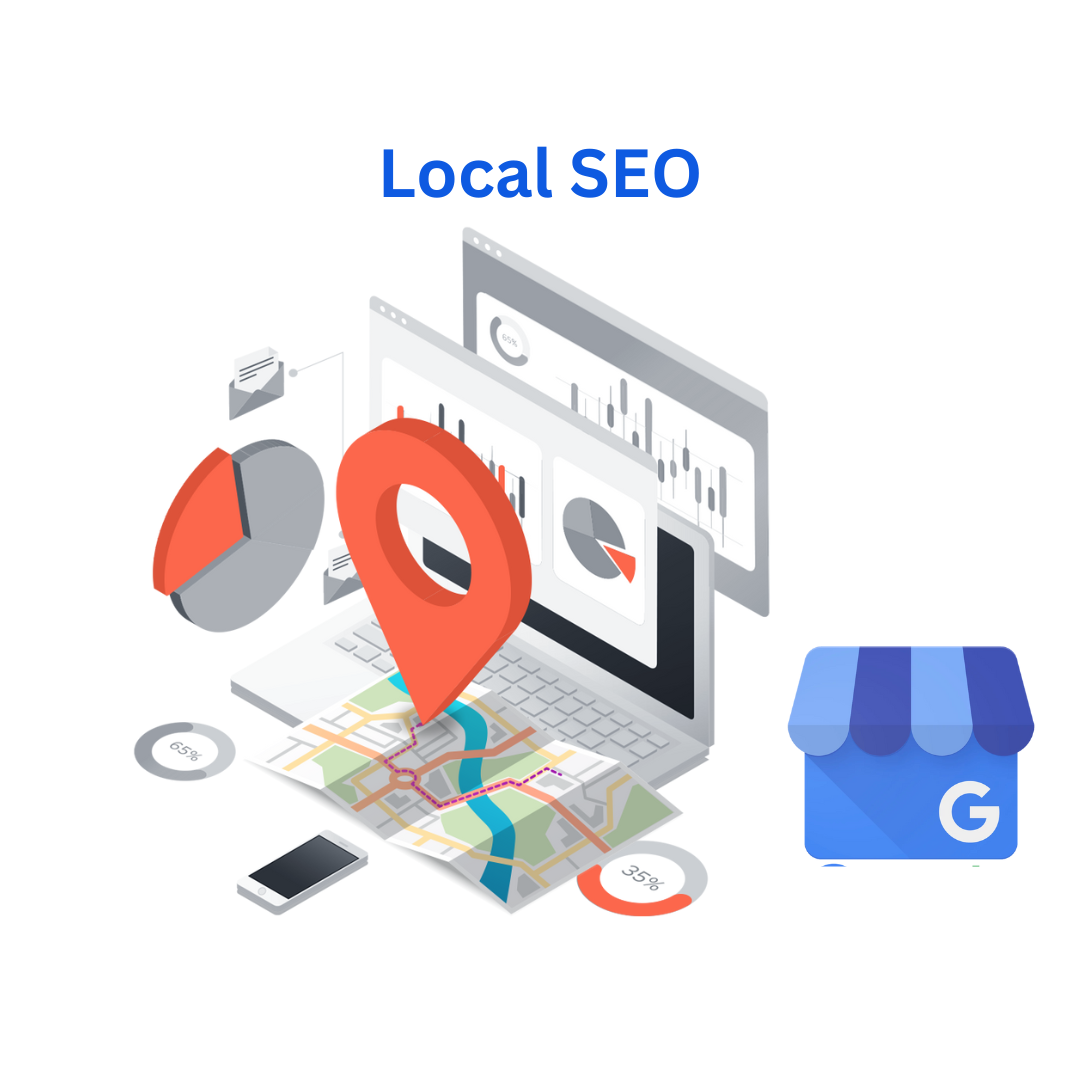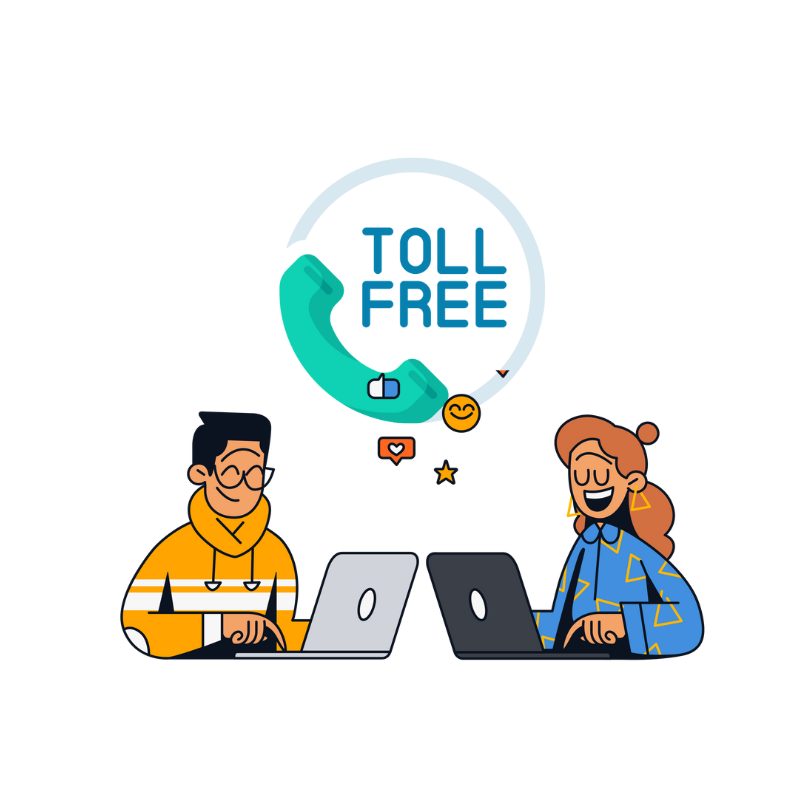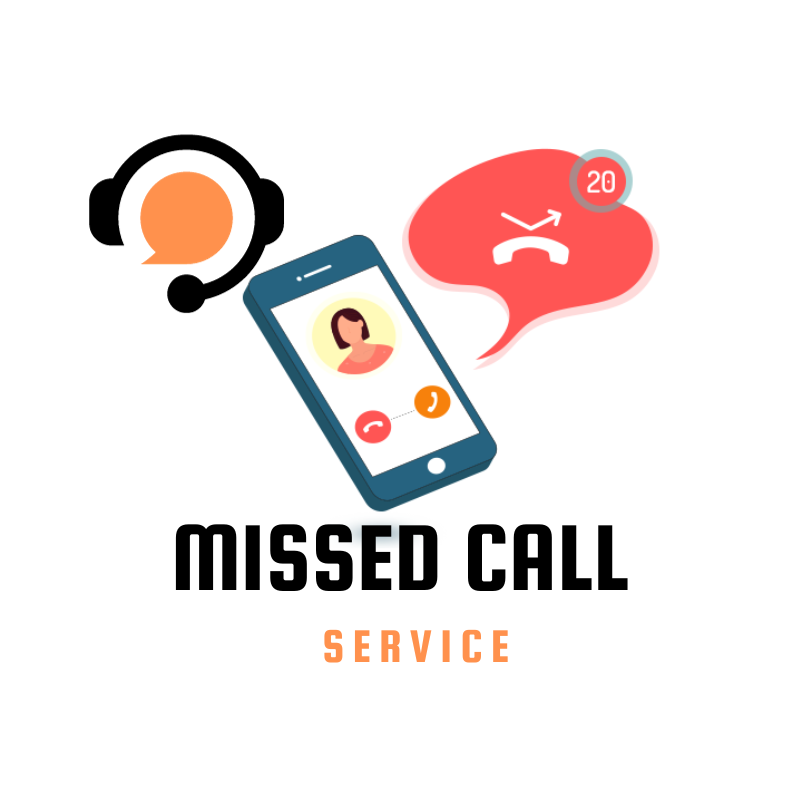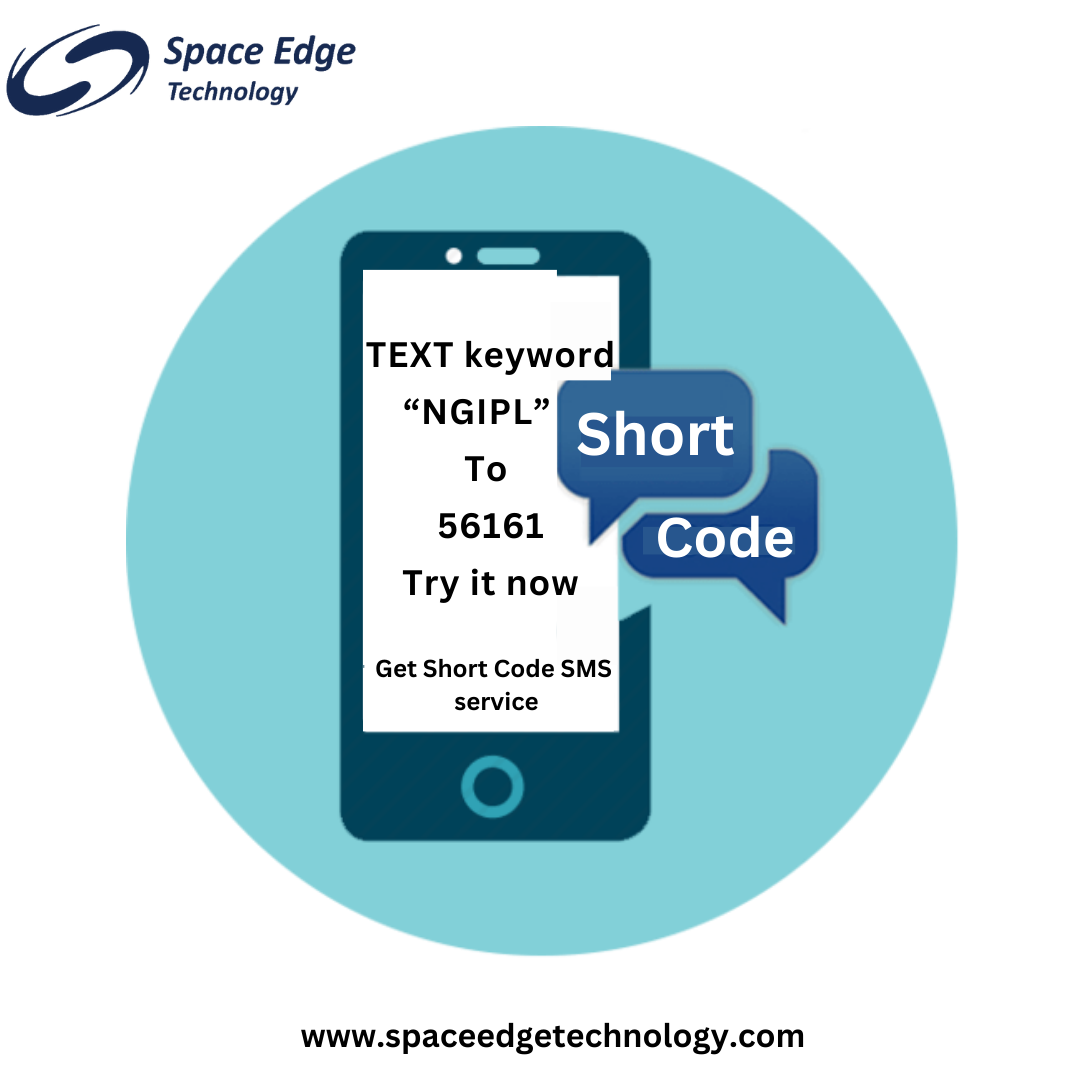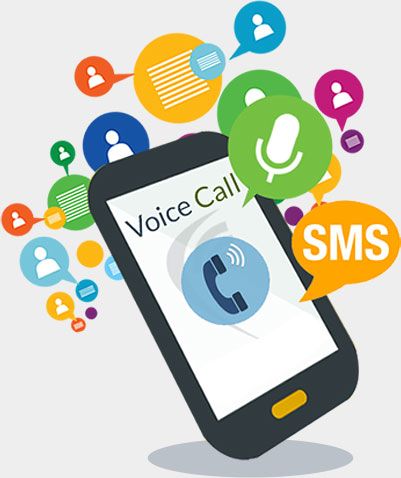In SEO (Search Engine Optimization), one thing remains constant: the importance of high-quality content. While the algorithms that search engines use to rank websites are continuously changing, content remains a critical factor.
Creating quality content not only enhances your website’s visibility but also engages and retains your audience. SEO service providers play a vital role in helping you achieve your online goals.
In this blog, we’ll delve into the key principles of writing quality content for SEO.
Why is quality content important?
Quality content is crucial because it:
Engages Your Audience: Well-crafted content captures and maintains the interest of your readers.
Boosts SEO: High-quality content improves your website’s search engine ranking.
Builds Credibility: It establishes you as an authoritative source in your niche.
Drives Conversions: Quality content can lead to higher conversion rates and increased customer trust.
Enhances User Experience: It provides value and a positive experience for your audience.
How to Write Quality Content
Understand Your Audience
Quality content begins with a deep understanding of your target audience. Before you start writing, ask yourself:
- Who is your ideal reader?
- What are their needs and interests?
- What problems can your content solve for them?
The better you know your audience, the more effectively you can tailor your content to their preferences.
Comprehensive Keyword Research
Keywords are the building blocks of SEO. Conduct thorough keyword research to identify the terms and phrases your audience is searching for. Tools like Google Keyword Planner and SEMrush can help you discover relevant keywords with reasonable search volume and competition. Incorporate these keywords naturally into your content to improve its search engine ranking.
Engaging Headlines and Subheadings
Your headline is the first thing readers see. Craft a compelling headline that not only contains your target keyword but also entices users to click. Subheadings within your content provide structure and make it easier for readers to skim. Use them to break up your content and signal what each section is about.
Write High-Quality, Original Content
Quality content is well-researched, well-written, and unique. Here’s how to ensure your content stands out:
Originality: Avoid duplicate content. Plagiarism can lead to penalties from search engines. Always create fresh, original content.
In-Depth Information: Dive deep into your chosen topic. The more comprehensive your content, the more value it offers to readers.
Readability: Write clearly and concisely. Use short sentences, paragraphs, and bullet points to improve readability.
Optimize for SEO
Apart from integrating keywords naturally, optimize your content in other ways:
Internal Links: Link to relevant pages within your website to keep users engaged and encourage them to explore further.
Images and Multimedia: Incorporate images, videos, and infographics to enhance the user experience.
Meta Tags: Craft engaging meta titles and descriptions that show up in search results and entice users to click on your content.
Regular Updates
Search engines prefer fresh, updated content. Regularly revisit and refresh your existing articles to keep them relevant. Add new information, statistics, or insights to demonstrate your expertise.
User Experience Matters
Ensure that your website is user-friendly. A cluttered, slow-loading site can drive users away. Fast load times, mobile responsiveness, and easy navigation are all crucial for SEO success.
Promote Your Content
Creating quality content is only part of the equation. Promoting your content through social media, email marketing, and other channels can drive more traffic and potentially earn backlinks, which boosts your SEO.
Analyze and Adjust
Monitor your content’s performance using tools like Google Analytics. Track metrics such as traffic, bounce rate, and conversion rate. Analyze the data to understand what’s working and what isn’t, and make adjustments accordingly.
Conclusion
In conclusion, quality content is the cornerstone of effective SEO. By understanding your audience, conducting thorough keyword research, and consistently creating valuable, well-optimized content, you can improve your website’s search engine ranking and, more importantly, provide real value to your readers. Remember, SEO is a long-term game, and quality content is your ticket to success.
Space Edge Technology: Your Premier SEO Service Provider
Space Edge Technology, as a leading SEO service provider, has the mission to catapult your online presence to new heights by leveraging the power of search engine optimization. Here’s a glimpse into who we are and what sets us apart in the ever-evolving world of SEO.
Our Vision
At Space Edge Technology, we envision a digital landscape where every business, from startups to enterprises, can thrive and succeed. We believe that the internet is a vast frontier of opportunities, and with the right strategies, any website can reach for the stars in terms of online visibility, traffic, and success.

